



East Lothian|1637
Ormiston is a village in East Lothian which lies beside the River Tyne. It is believed to take its name from a semi-mythical Anglian settler called Orme, meaning ‘serpent’. During the Wars of Independence, Ormiston was held by the Lindsay family who were firm supporters of William Wallace.
Adam Cockburn of Ormiston was several times in the early fifteenth century an ambassador to England. He was succeeded in the family estates by his brother Sir John Cockburn of Ormiston who was appointed a Commissioner to England and was for a time Governor of Edinburgh Castle, an important military post.
Unknown, John Cockburn of Ormiston, 1679 - 1758. Member of the Scottish Parliament|National Galleries of Scotland
(CC-BY NC)
Unknown, Adam Cockburn, Lord Ormiston, 1656 - 1735. Lord Justice-Clerk|National Galleries of Scotland (CC-BY NC)
It is in this latter role that Sir John carried out the orders of King James VI in his efforts to hunt Sir John Cockburn of Ormiston was a lawyer, Senator of the College of Justice, and Lord Justice-Clerk. Scotland’s witches. The same office of Lord Justice-Clerk was also held by his descendant Adam Cockburn of Ormiston in the 1690s, though by this time the role instead involved pursuing Jacobites, a task which Ormiston is said to have taken up with fervour.
1855 OS map Haddingtonshire, Sheet 14. Reproduced with the permission of the National Library of Scotland.
(CC BY NLS)
He established a planned village, encouraging artisans and craftspeople to settle at Ormiston. However, these activities ruined the finances of the family, who were forced to sell the Ormiston estate to the Earls of Hopetoun. In later years, the nephew of the poet Robert Burns, William Begg, was for a time schoolmaster at Ormiston. The village became known as a centre for mining.
Ormiston Yew © 2005 John Darcy (CC BY-SA 2.0)
a post also held by successive Earls of Hopetoun. John Hope, 7th Earl of Hopetoun was a prominent politician, the first Governor-General of Australia, Secretary of State for Scotland, and in 1902 was created Marquess of Linlithgow. His son, Victor, 2nd Marquess of Linlithgow, served as Viceroy of India from 1936 to 1943. Ormiston Hall was burnt down during the Second World War.
Ormiston and the East Lothian landscape © © 2017 M J Richardson (CC BY-SA 2.0)





East Lothian|1637
Ormiston is a village in East Lothian which lies beside the River Tyne. It is believed to take its name from a semi-mythical Anglian settler called Orme, meaning ‘serpent’. During the Wars of Independence, Ormiston was held by the Lindsay family who were firm supporters of William Wallace.
Adam Cockburn of Ormiston was several times in the early fifteenth century an ambassador to England. He was succeeded in the family estates by his brother Sir John Cockburn of Ormiston who was appointed a Commissioner to England and was for a time Governor of Edinburgh Castle, an important military post.
Unknown, John Cockburn of Ormiston, 1679 - 1758. Member of the Scottish Parliament|National Galleries of Scotland
(CC-BY NC)
Unknown, Adam Cockburn, Lord Ormiston, 1656 - 1735. Lord Justice-Clerk|National Galleries of Scotland (CC-BY NC)
It is in this latter role that Sir John carried out the orders of King James VI in his efforts to hunt Sir John Cockburn of Ormiston was a lawyer, Senator of the College of Justice, and Lord Justice-Clerk. Scotland’s witches. The same office of Lord Justice-Clerk was also held by his descendant Adam Cockburn of Ormiston in the 1690s, though by this time the role instead involved pursuing Jacobites, a task which Ormiston is said to have taken up with fervour.
The Swinzie Burn from the air © 2016 Thomas Nugent
(CC BY-SA 2.0)
He established a planned village, encouraging artisans and craftspeople to settle at Ormiston. However, these activities ruined the finances of the family, who were forced to sell the Ormiston estate to the Earls of Hopetoun. In later years, the nephew of the poet Robert Burns, William Begg, was for a time schoolmaster at Ormiston. The village became known as a centre for mining.
Ormiston Yew © 2005 John Darcy (CC BY-SA 2.0)
a post also held by successive Earls of Hopetoun. John Hope, 7th Earl of Hopetoun was a prominent politician, the first Governor-General of Australia, Secretary of State for Scotland, and in 1902 was created Marquess of Linlithgow. His son, Victor, 2nd Marquess of Linlithgow, served as Viceroy of India from 1936 to 1943. Ormiston Hall was burnt down during the Second World War.
Ormiston and the East Lothian landscape © © 2017 M J Richardson (CC BY-SA 2.0)







Contact
Forum for the Scottish Baronage, c/o Brodies LLP, Capital Square, 58 Morrison Street, Edinburgh EH3 8BP, Scotland UK
Copyright
Copyright 2022, Forum for The Scottish Baronage, as a collective work, all additional rights to content contributed and/or licensed contained herein are expressly reserved to such contributors and licensors as independently owned and protected copyrighted works.






